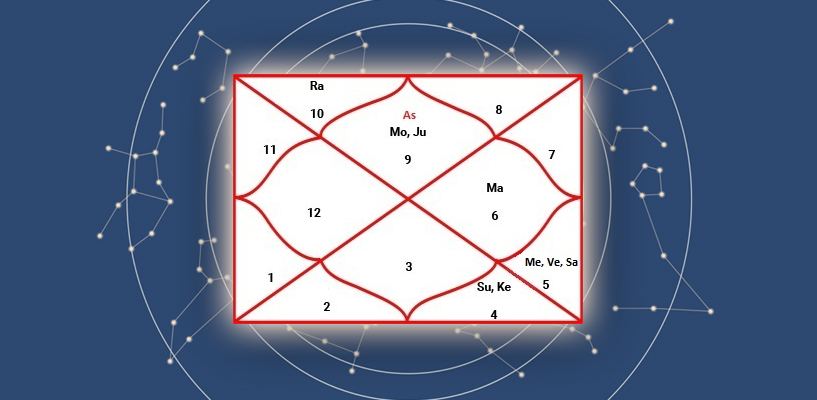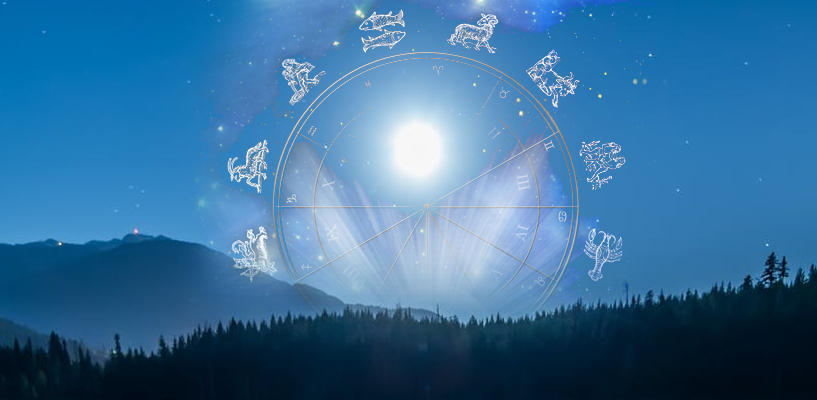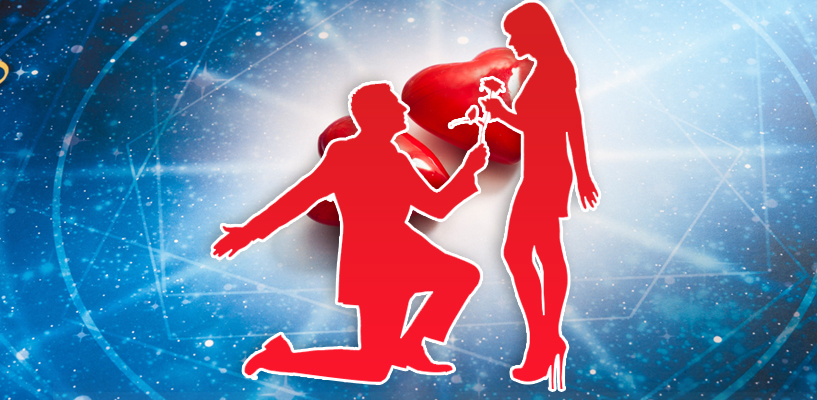Advaita Vedanta & Non Dualistic Raj Yoga: Approach to know Your True Self
Adi Shankaracharya's Advaita Vedanta is a philosophy that talks about the knowledge of your true self. Raja yoga is an auspicious yoga that blesses us with all comforts of life. In connection with the two, this article discusses the mythological philosophy and the qualities of raja yoga in one's life.
Shankaracharya: An Introduction
Born in Kaladi, Kerala, he was an Indian philosopher and a spiritualist. He is the founder of Advaita Vedanta, who is very much connected with Hindu theology.
Adi Shankara was an Indian philosopher and theologian who expounded the doctrine of Advaita Vedanta. He taught that there are six supreme deities, and they form Shanmata means six religions.
He said that One Supreme deity is the group of six supreme deities. He was not a follower of Mimamsa sampradaya which is ritualistic worship. He founded four monasteries. According to his teaching there is a power called Supreme soul and there is a lesser form of energy called the soul. The Supreme soul remains unchanged while the soul is changeable
This forecast is based on Moon Sign. If you are not aware of your Moon Sign, find out instantly for free by filling the data below:
What is Advaita Vedanta
This is the philosophy contributed by Shankaracharya. Dvaita means the dual nature of God and Advaita means singular form.
What is Raj Yoga in Hindu Theology
There are four yogas in Hinduism; they are Raja, Jnana, Bhakti, and Karma. Raja is a Sanskrit word and it means Royal or Kinglike. It shows the connection of intellect with Supreme Soul. It is a practice to achieve full control of mind by continuous remembrance of the Supreme God. People achieve these through a practice known as “Yama”. It is a form of restraint and there are five techniques to reach this. They are Ahimsa (non-violence), Satya (truthfulness), Asteya (non-stealing), Brahmacharya (sexual abstinence unless intentionally procreating) and Aparigraha (non-covetousness).
What are the fifteenfold no dualistic Rajayogas
Yama, Niyama, Renunciation (Tyaga), Non-speaking (Mauna), Place (Desha), Time (Kala), Asana, Mulabandha, Balance of Body (Dehasamyam), Fixing of the Gaze (Drik Sthithi), Pranayama, Pratyahara, Dharana, Atma-Dhyana, and Samadhi are the various limbs of this Yoga
Maharishi Patanjali has explained eight forms of Rajayoga. They are Yama, Niyama, Asana, Pranayama, Pratyahara, Dharana, Dhyana and Samadhi. Shankaracharya added seven more yogas to it. They should be practiced in a daily manner so that the person can attain Kaivalya or Supreme Perfection.
Now, Yama means the path of Ahimsa or non-violence Satya (truthfulness), Brahmacharya (continence), Asteya ( earnings through an illegal method including theft) and Aparigraha (abstinence from avariciousness or greed).
YAMA (SOCIAL CODES OF CONDUCT)
Yamas are five in number which guides the person to control his behavior in society.
They are
- Ahimsa (Non-Violence)- Ahima has a lot of important in an Indian’s life. Our independence movement was based on ahimsa. It teaches us the value of love and patience. In this yoga, it teaches people to grow beyond the temptations.
- Satya- Satya means truthful nature. It means we should be true about everything related to us. There should be truth in thoughts, actions, and feelings.
- Asteya- This is the teaching to stay from stealing. It also means you need to control the desire for material pleasures. The peace will go lesser the more the desires are.
- Brahmacharya- This is the path of celibacy. It helps us to be focussed by saving our energy.
- Aparigraha- It means detachment from all material stuff. We should not desire anything more than to be with the supreme soul.
NIYAMA (PERSONAL CODES OF CONDUCT)
- Shaucha- This is the process of keeping our body clean.
- Santosha- The name itself says the process of keeping ourselves happy.
- Tapas- Tapas is the technique to keep mind and body united. It is like an austerity measure to control both.
- Swadhyaya- This means studying about oneself. It will make us aware of our strengths and weaknesses.
- Ishvara Pranidhana- This is the process of submitting ourselves into the supreme god
- Tyaga- It means relinquishing desires
- Mauna- It means silence
- Desha- This means the yoga should be practiced in a place which can help the person to be focused
- Kala- This shows we need to choose a good time for these yogic practices
- Asana- This indicates the stay with the supreme God. We should always remain in it
- Mulabandha- It is the process of holding all the energy from the root to hold on to the supreme soul
- Dehasamyam- It is the process of balancing our body into the energy of the supreme soul
- Drik Sthithi- It is the process of holding the gaze and through this, we see the supreme soul
- Pranayama - Pranayama is the practice of controlling the life breath.
- Pratyahara- This is the process of controlling the senses to accept the supreme soul
- Dharana- This is the process of holding the mind into the only reality
- Atma-Dhyana- This is the process of meditation of supreme soul
- Samadhi- This is the ultimate form of consciousness we get physically, mentally and spiritually united with the supreme soul.
These are the fifteen non-dualistic form of yogas by Shankaracharya
Indastro top 10 Products
Translate











 Doctor as a profession for Cancer moon sign
Doctor as a profession for Cancer moon sign
 The Influence of Moon’s Silver Light on your Horoscope
The Influence of Moon’s Silver Light on your Horoscope
 Astrological tips to get your ex partner back
Astrological tips to get your ex partner back
 Finding True Soulmate At The Right Time With Astrology On Your Side
Finding True Soulmate At The Right Time With Astrology On Your Side
 Astrological Tips for Designing Your Office/Workspace
Astrological Tips for Designing Your Office/Workspace
